If your existing Windows 10 PC is running Windows 10 20H1 or later and meets the minimum hardware specificationsit will be able to upgrade to Windows 11. The upgrade rollout plan is still being finalized, but for most devices already in use today, we expect it to be ready sometime in early 2022. Not all Windows 10 PCs that are eligible to upgrade will be offered to upgrade at the same time. To see if your PC is eligible to upgrade, refer to our knowledge base for a list of tested systems.
Should I Wait For Windows 11 Once the upgrade rollout has started, you can check if it is ready for your device by going to Settings/Windows Updates. Similar to how end users are notified when updates are available in Windows 10, end users will see an indication in the notification areas of the taskbar in the bottom right, that the upgrade is available. More information on how that is presented will be available at a later date. Additional desktop notification options may be also be added at a later date. Apart from a fresh coat of paint and a few features, the operating system maintains most of the core functionality of Windows 10.
Visually, Windows now has rounded corners, and the taskbar icons and the start menu have moved to the centre. One of the most jarring experiences for me has been getting used to the centred Start Menu. While the new start menu looks nice with pinned apps on the top and recent files below it, the sporadic movement of the Start button is a chore. In Windows 10 and previous versions of Windows, the left aligned start menu has been in the same spot as always. In Windows 11, the menu is centred, and the addition of new icons tends to push icons away from each other on the centred plane.
I was forced to look at the taskbar and understand where the icon moved to click on it. It would have been a better design decision to leave the start button to the left while only moving application icons to the centre. Fortunately, users can fix this problem by realigning all icons to the left. While Windows 11 is free for many Windows 10 users, there is a rite of passage for this version of Windows.
Not all desktops and laptops may be able to use Windows 11, since the update comes with system requirements that might lock many Nepali systems out of the update. More recent laptops would most likely have this TPM module, but many older and custom-made computers might not. Computers running older CPUs, mainly Intel 7th Generation and older, are locked out of the update, while Windows 11, at least in the early phases, did not play well with AMD CPUs due to a scheduler issue.
Many workarounds for these requirements aren't official and may lock you out of future updates. Microsoft has also removed local user profiles for Windows 11 Home users, forcing people to connect to an online Microsoft account, which is for data collection and telemetry in all intents and purposes. Windows 11 might be free, but you will be paying for it in data. If you are having a brand new laptop or PC, then your system must be compatible with Windows 11 or even might come with it preinstalled. But issues may arise with the older versions of PCs, as its hardware might not match with the requirements of Windows 11.
If your PC has a 7th gen or previous Intel CPU, then it is unsupported by the latest upgrade. Still, you can migrate to Windows 11, but the way is a little more complicated as you will need to download install files, then perform a clean install and then restore the program and data files. Microsoft has yet released an official statement regarding the pricing of Windows, or whether it will be a free upgrade like the previous versions were free updates for license holders. However, as per an article by Android Authority, Windows 11 will most likely be a free upgrade for individuals using Windows 10 or Windows 8 with valid licenses.
The Windows 11 free upgrade will be installed onto your computer/laptop just like any other Windows update, without any hassle or manual updation required. The article by Android Authority also states that all of your personal user data and settings will be preserved in the update and will be applied to the Windows 11 update. Windows 11 download will be available once Microsoft released the update publicly. Perhaps the most important thing to know about the release of Windows 11 is that we should expect it to change significantly over the next few years. I've been using beta versions of Windows 11 for a month in the lead-up to writing this review, and it seems like every few days there's a minor new feature or redesigned app to check out. We may not see that feature fully realized in Windows until next year.
The official preview also featues an updated File Explorer that simplifies storage management. Most of the visual changes that Microsoft revealed with Windows 11 last month are available in the preview build. Windows 11's new dark/ light mode improvements and themes are also part of the preview, alongside the new Widgets feature. Those interested in getting their hands on the preview build need to enroll in to Windows Insiders program.
The leaked reports suggest the biggest change in the new window will be the taskbar. It can now be shifted towards the center and can also get a new start button and menu. The Start menu is without live tiles and can have a quick shutdown/restart button for pinned apps, recent files, and Windows 11 devices. Although there's not much information available about Windows 11 right now, but we can't wait more for this new Windows to be made available to us. Instead of a longer flyout, the new menu has a broader feel with a search bar at the top, followed by pinned apps and recent files. The new start menu looks fresh and nice; pinned applications and recent files follow a nice long search bar on the top.
Although the simplified start menu is a visual upgrade to Windows 10, it is far more simplistic with no live tiles or dynamic content. Even the context menu for the taskbar has been simplified as right-clicking the bar only yields one result with the removal of essential options like the task manager or toolbars. Oh, and you can't move the taskbar at all in Windows 11—at the bottom is the only option.
If the Microsoft Surface family of products isn't your style though, other brands like Dell, Asus and HP have all released pages online that specify what devices are Windows 11 ready. Note that many won't come with the new operating system installed, but as they all meet the minimum system requirements, you can simply buy the laptop or 2-in-1 as normal and then update it yourself. For new users, Windows 11 will seem like a good option with the new design. You get rounded corners, a departure from the sharp edges we've seen in Windows for a long time. The Start Menu is now cleaner, featuring pinned apps and a recommended tab that shows you files based on your recent usage. The desktop more or less stays the same, but the right-click menu gets a simplified look, with the most common options like cut, copy, paste, and rename, at the top in a grid.
Windows 11 is here, though it remains an optional upgrade for anyone on existing desktops and laptops that are eligible for it. New PCs will increasingly begin shipping with Windows 11 pre-installed, so adoption rates will gradually rise in 2022 and beyond. Our launch approach to Windows 11 leverages the well-established systems and processes used for the 1.3 billion Windows 10 devices we have shipped and serviced for over five years. We will use a measured and phased process in offering Windows 11 as we have done with Windows 10 feature updates.
Our objective is to provide you with a smooth upgrade experience. We will begin to offer the upgrade to eligible new devices first1,2. Then, as with previous rollouts, we will study device health data and other signals to determine the pace at which Windows 11 is offered via Windows Update.
Windows 11 makes a number of major UI shifts including a new start menu without live tiles. You'll have quicker access to pinned apps and recent files, but fans of Cortana will be disappointed to see Microsoft's voice assistant is being stuffed into an out-of-the-way app. The Windows Store will get a major update, as well, with support for more application types and payment methods. Because many of the new security features rely on specific, and more modern hardware, you must first check if your PC meets the minimum requirements.
According to Microsoft, most devices bought from the last 18–24 months should be fine. Download the Microsoft PC Health check app, available here if you don't have a Windows Insider account. If you haven't seen it through Windows Update yet, you can still get the final build through the Beta and Release Preview channels of the Windows Insider Program, as long as you have a compatible PC. The Dev channel is already running rs_prerelease builds to test out new features, so be careful with that. If you enroll in the Dev channel, you'll have to do a clean installation of Windows 11 to roll back.
And of course, you can also get it on a bunch of new laptops and desktops like the Surface Laptop Studio and Surface Pro 8. As before, Microsoft doesn't recommend installing Windows 11 on a device that doesn't meet the system requirements — though you can still do so. One thing to keep in mind is you might not get updates on a PC with an unsupported processor.
When Microsoft first released Windows 11 on October 4th, the company said it expected it would offer the upgrade to all eligible devices by mid-2022. If you've been patiently waiting to install Windows 11 on your PC, Microsoft has good news. The company announced today it's increasing the pace of the operating system's rollout, and making it more broadly available. Provided your system is running version 2004 or later of Windows 10 and you recently installed the September 14th, 2021 servicing update Microsoft released, you can now upgrade directly to Windows 11. Windows 11 is a free upgrade, but the minimum system requirements are quite a bit higher than ever before.
Microsoft calls Windows 11 the most secure Windows yet, and that tag comes at the cost of backward compatibility. Trusted Platform Module 2.0, aka TPM 2.0, is one of those requirements. There are ways to manually install Windows 11 on incompatible systems, but those include giving up on official future updates via Windows Update and/or modifying the Windows 11 ISO file to remove security checks.
Windows 11 is now available as a free upgrade for computers already running Windows 10 that meet the minimum system requirements, and it is also available pre-installed on many branded devices. However, the rollout will be phased and controlled to provide a good upgrade experience, which means that it'll take months before the new version reaches every device. Tech enthusiasts have been waiting for a long time for the Windows 11 update. All the previous Windows versions were usually released with a gap of around 3 years, so the 6 years between Windows 10 and 11 was a long wait.
However, Windows 10 was unlike previous Windows updates and Microsoft provided frequent large patches and updates to Windows 10 to keep it fresh and relevant. As per an announcement by Microsoft, Windows 11 be officially launched on June 24, 2021, about a week from now. While June 24 has been declared as the official launch date, it is unclear when the update will be made available for Windows users for download. As I've noted in past blogs, being on the latest version of Windows provides you with the best in creativity, protection and productivity. Windows 11's minimum system requirements enable a new era of experiences, reliability and security. AsPanos Panay shared in June, this is the first version of a new era of Windows.
And, for customers who are using a device that is not eligible for Windows 11, Windows 10 is a great place to be. Windows 10 will be serviced through Oct. 14, 2025and we previously announced that the next feature update to Windows 10 is coming very soon, continuing to offer you both support and choice with Windows. The "windows insider" page says that my pc doesn't meet the minimum requirements for windows 11 but still i can still install the update through dev channel, so should i still install it?
Btw also checked the official microsoft website and it says that i need to be degrading back to w10. So if possible please tell us how to revert back to windows 10 from 11. Not everyone wants to upgrade from Windows 10 to Windows 11 mainly because of unknown installation errors and slow performance due to carried-over files. So if you are an advanced user and want to clean install Windows 11 on your PC, we need to get back to the bootable method. Note that, by clean install, I don't mean erasing all of your partitions and files. This method will only wipe the C drive, including files and programs stored within the C drive.
If you are facing an error along the lines of "This PC doesn't meet the minimum system requirements to install Windows 11" on the PC Health Check app, fret not, there is still a workaround and it works well. In this method, you will have to create a bootable USB and manually install Windows 11. It will only wipe the C drive, including files and programs stored within the C drive, and not touch other partitions.
As far as the next generation Windows is concerned, this time the company can make some changes in the user interface. Many changes have been made in it, such as a new start menu, rounded corners, and more. Support for Dark Mode can be found in Windows 11 where the main elements of the UI such as Start Menu, File Explorer, Context Menu can be available with rounded corners. With the new update, a new Windows logo can also be launched. Recently some of its photos were leaked, which revealed that the new logo will be presented with a new Sun Valley design theme with blue color.
Been thinking about hitting the upgrade button on your Windows 10-powered PC? You might want to hold off as a new bug has been discovered which is making some PCs grind to a frustratingly slow halt. In some cases it's so bad, users say the performance of their computer has almost halved when compared to having Windows 10 installed. Even if your device is ready for Windows 11, you may not see this feature update on October 5. The update will be initially offered to select devices only.
If you can't wait for Windows 11, you'll be able to download and install it manually using programs like Media Creation Tool and Update Assistant. The short answer is no, Microsoft isn't going to force anyone to upgrade to Windows 11. Starting with Windows 10 version 1903, the Redmond firm stopped forcing people to install feature updates. This came after a disastrous Windows 10 version 1809 that actually deleted some users' files. Back in June of 2021, Microsoft announced Windows 11, its latest version of Windows.
Unlike Apple, who announces OS upgrades once a year, it has been six (!) years since Windows 10 was initially released, so software and hardware both have advanced quite a bit within that time span. I have always been a Windows user, so I know that, when people hear that there's an OS upgrade, they get a bit nervous simply because these updates are so few and far between. Windows 11 isn't perfect; it has its kinks and bugs but should you consider updating regardless of the problems? Windows 11 brings too little of an update to the table for a major generation upgrade. Most of the system's core functionality remains the same, with only a fresh coat of paint and a few gimmicks like the widget panel. While the system does offer a better and more unified design language, Windows 11 could have easily passed as a Windows 10 update.
The arbitrary system requirement limitations, in addition to very similar performance metrics to its predecessor, make it a very difficult recommendation. The OS also suffers from a lot more bugs that the company had already fixed for Windows 10. All the new features in Windows 11 feels like service updates to Windows 10. Windows 11 is a difficult recommendation in its current state, and with Windows 10's continued support till 2025, there is very little incentive to update. Many of the in-box apps on Windows 11 have been updated with new designs, and in some cases, new features too.
Microsoft has finally updated the Windows Ink Workspace, now called the "Pen menu" that gives you quick access to pinned apps that are designed with inking in mind. What's great is that it's finally customizable, so you can put any app of your choice in there. It's accessible via a button shortcut on a physical pen, or via the System Tray as a shortcut for it pops up when you begin interacting with your device with a pen. Once that's done, you should also head to Windows Update in the new Settings app and check for updates there to ensure you have the latest drivers designed for Windows 11.



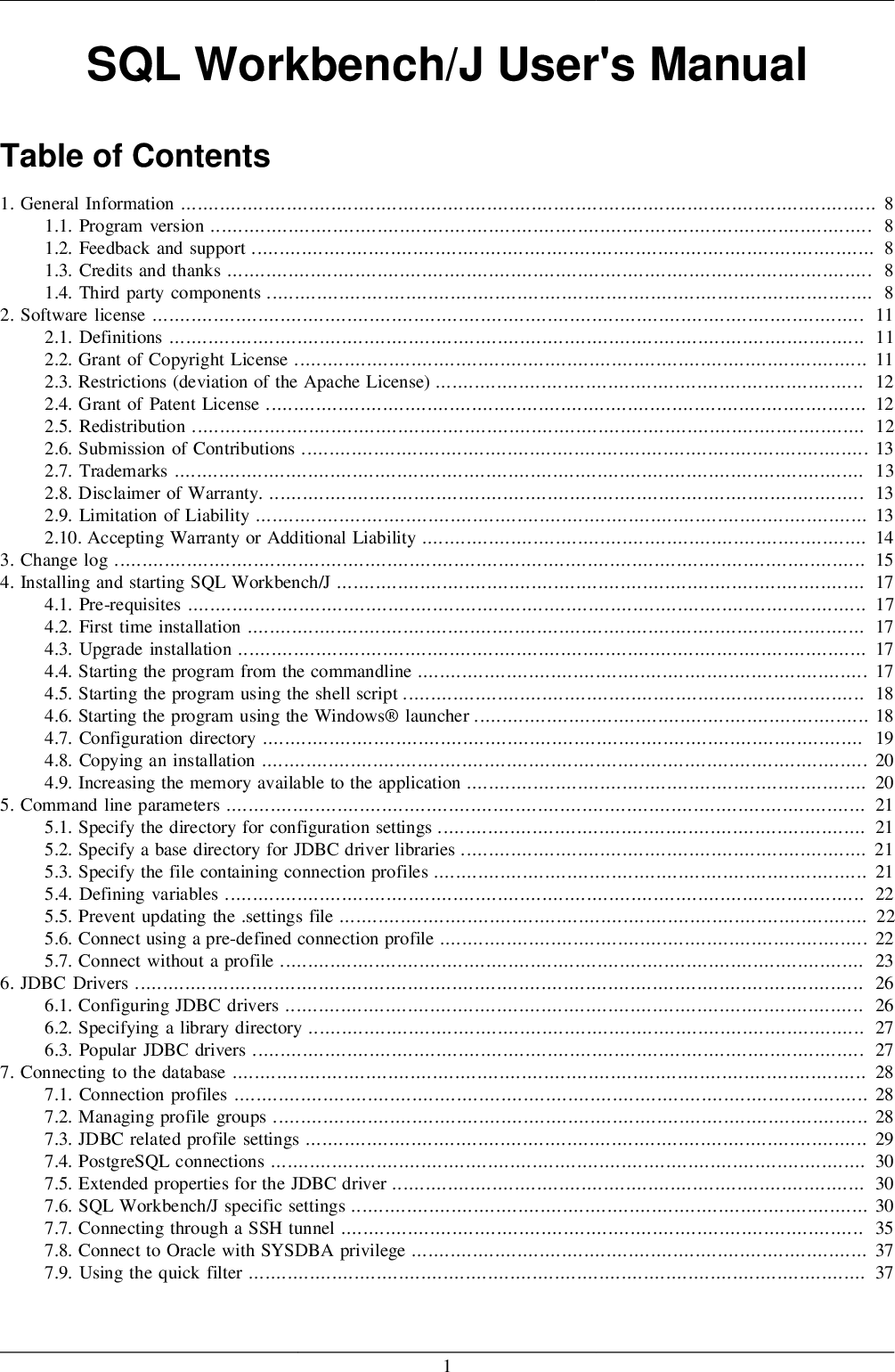








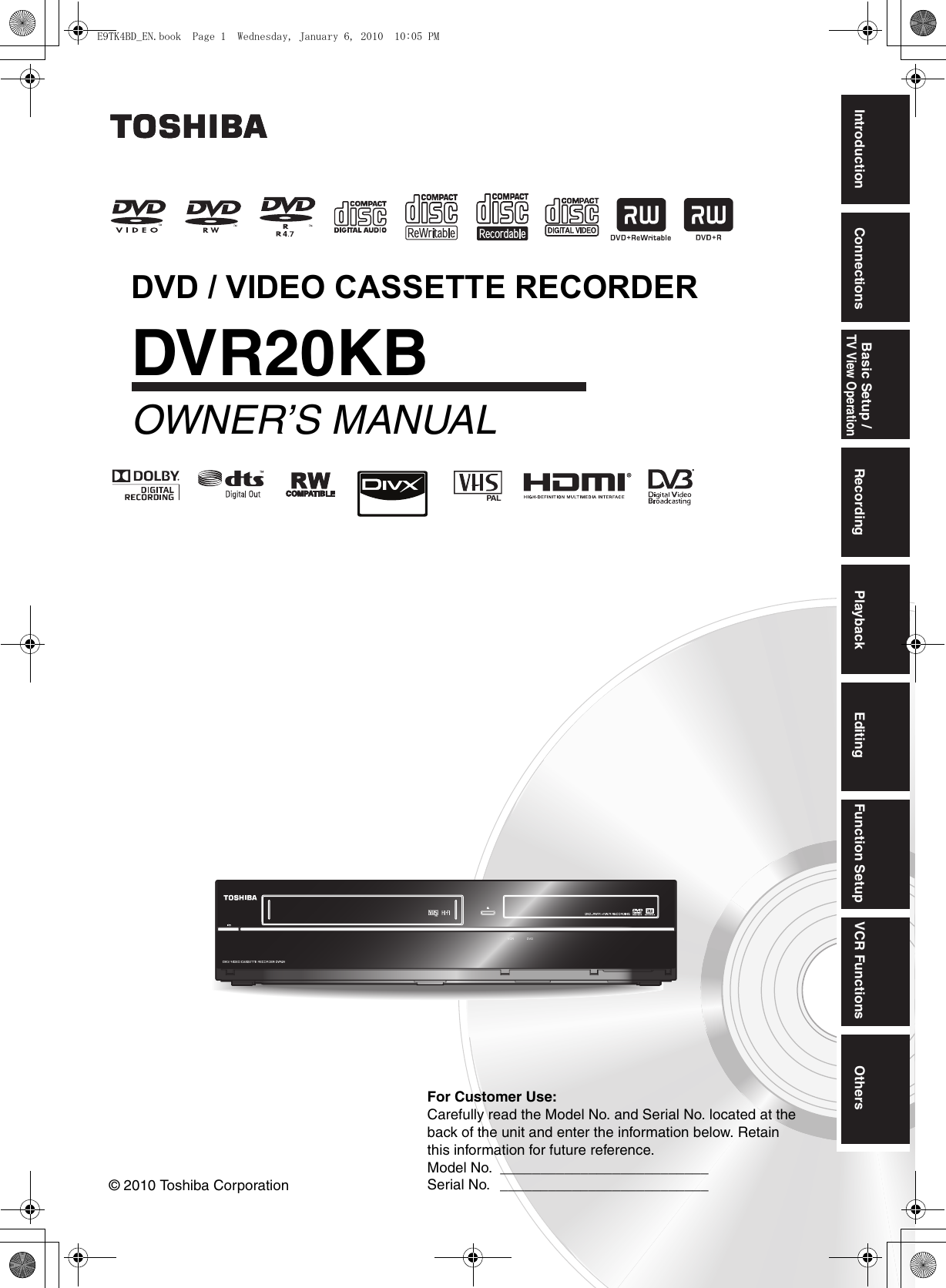
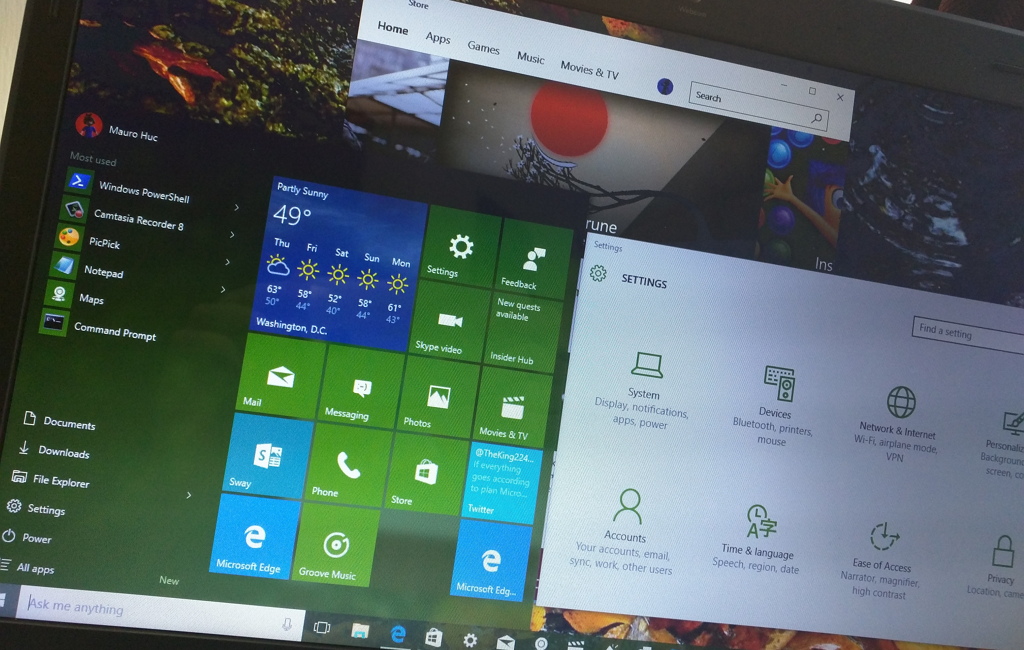







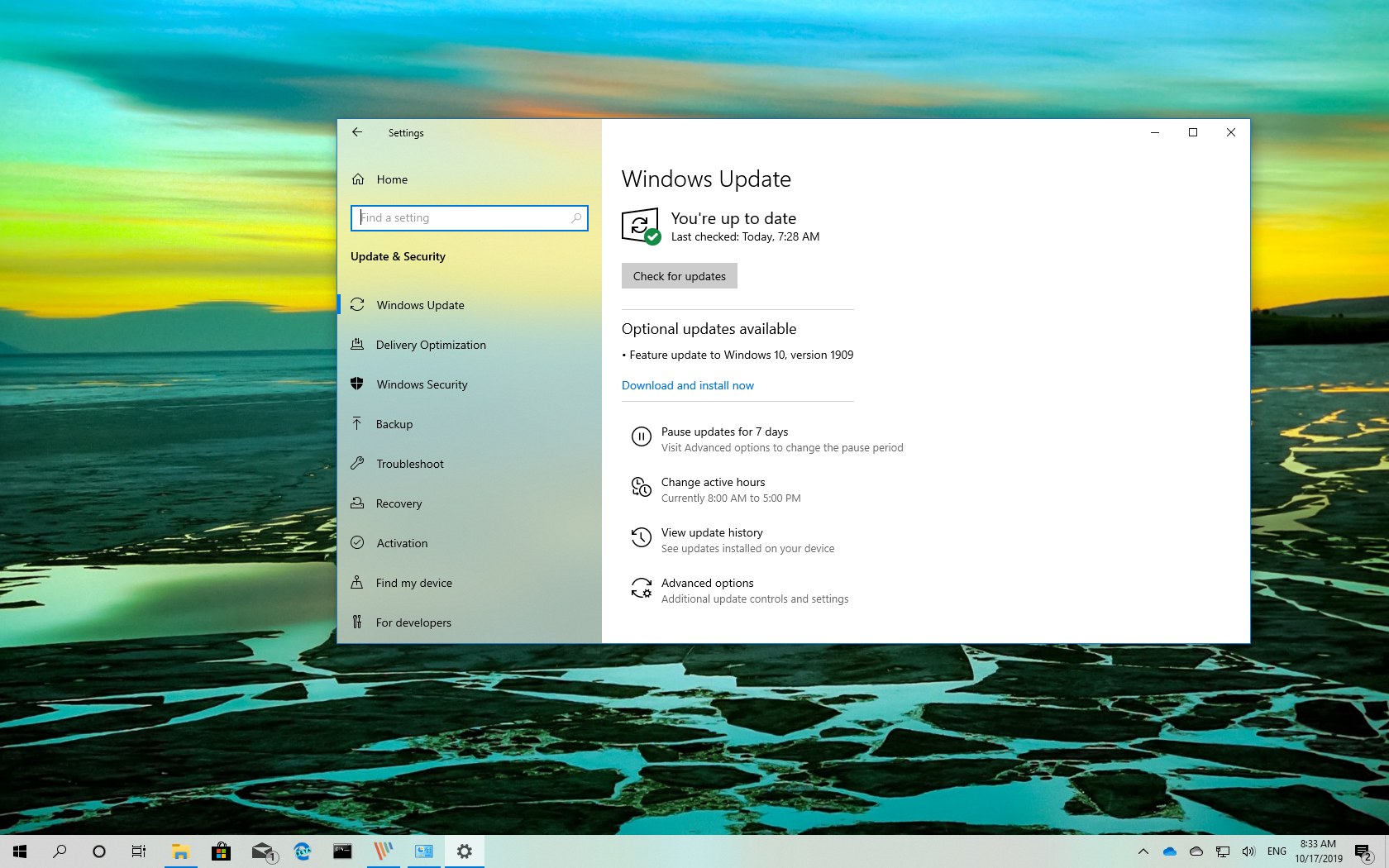





No comments:
Post a Comment
Note: Only a member of this blog may post a comment.